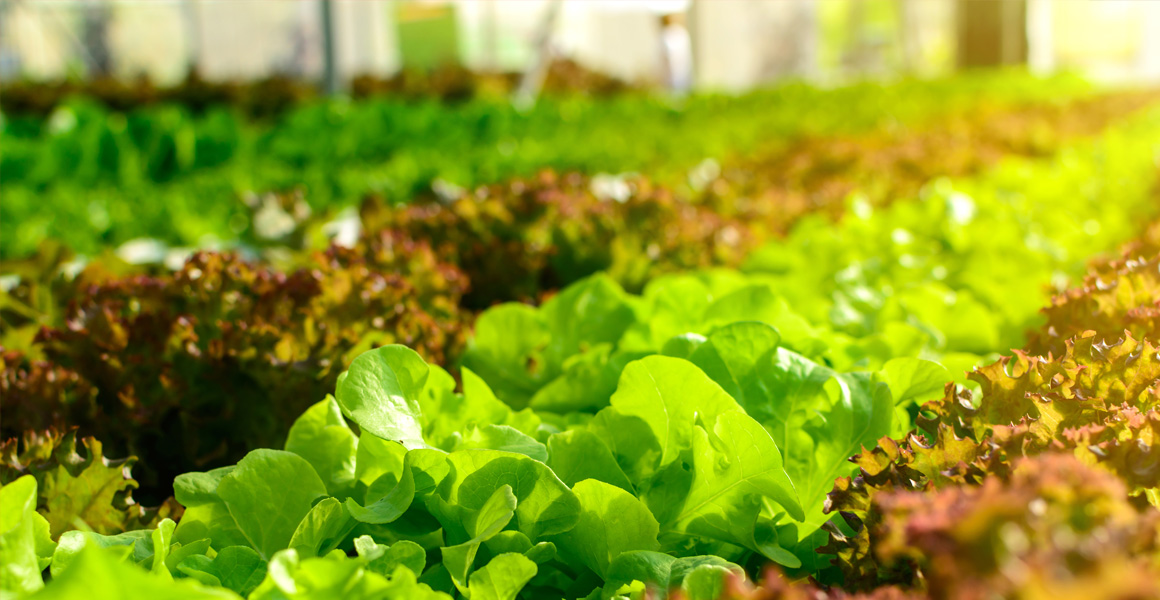
Investigating links between pathogen survival and contaminated irrigation water
13 September 2021
Giving Australian agricultural diagnostics a booster shot
14 September 2021There is no easy answer to spray tank mixes, but there are steps that vegetable growers can take to ensure successful application. Syngenta Technical Services Lead Shaun Hood discusses product compatibility and what to look for when mixing sprays in the tank.
Depositing multiple products through the spray boom can be timesaving and efficient for vegetable growers. However, they need to be compatible and when it comes to new or untried tank mixes, it can be a daunting proposition – even for the professionals.
Compatibility questions sometimes put us on the spot; they are invariably time critical, and the long-term implications can be serious if incompatible products are used.
Here’s a sample question from a grower:
“Hi, I’m filling the spray tank and I’m about to spray MINECTO® FORTE for caterpillars and aphids, I’m adding Hasten, just checking I can tank mix ORONDIS® FLEXI and BRAVO® Weather Stik®?”
Whenever I’m asked a question like the above, there are a few crucial things I need to know. Are they interested in physical compatibility, biological compatibility, or crop safety?
At the point of mixing, growers want to know that the mix will be okay in the tank and that it will not clog the nozzles (in other words, it’s physically compatible).
Getting the tank mix order right, using clean potable water and three-quarter filling the tank prior to adding the products, will help with physical compatibility. If there are any doubts, read the product labels and conduct a jar test. Always let the mixture stand 15-30 minutes and then look for signs of incompatibility.
Further advice
Growers will also want to know that the tank mixture is safe on the crop. When an R&D company like Syngenta develops new products, we evaluate crop safety when we are establishing the application rates, and we also test some common two-way tank mixes.
However, it is virtually impossible to test all possible combinations on all crops, varieties and growth stages. If there are any doubts, it is recommended that you spray a small section of the crop to check crop safety.
Often overlooked is the impact that tank mixtures can have on the biological activity of the pesticides. While some products, when mixed, can have a synergistic (positive) effect on efficacy, other mixtures can have antagonistic activity, which means that efficacy could be compromised. For this reason, don’t assume products in a mixture will perform like they would if they were applied solo.
Spraying is a science and there are lots of variable to consider. It takes years of experience to know the mixtures that are likely to be compatible and mixtures likely to be trouble.
Always read the product labels and consult an experienced local agronomist for advice prior to trying a new mixture.
Find out more
For more information or to ask a question, please contact your local Syngenta Territory Manager, the Syngenta Advice Line on 1800 067 108, visit syngenta.com.au or email Vegetables Australia: communications@ausveg.com.au. Please note that your questions may be published.
The R&D content for this article has been provided to Vegetables Australia to educate Australian vegetable growers about the most relevant and practical information on crop protection technologies and their on-farm applications.
Cover image: Syngenta goes to great lengths in the stewardship of its products, making tank mixing and application quality a key topic at GrowMore field trials.

